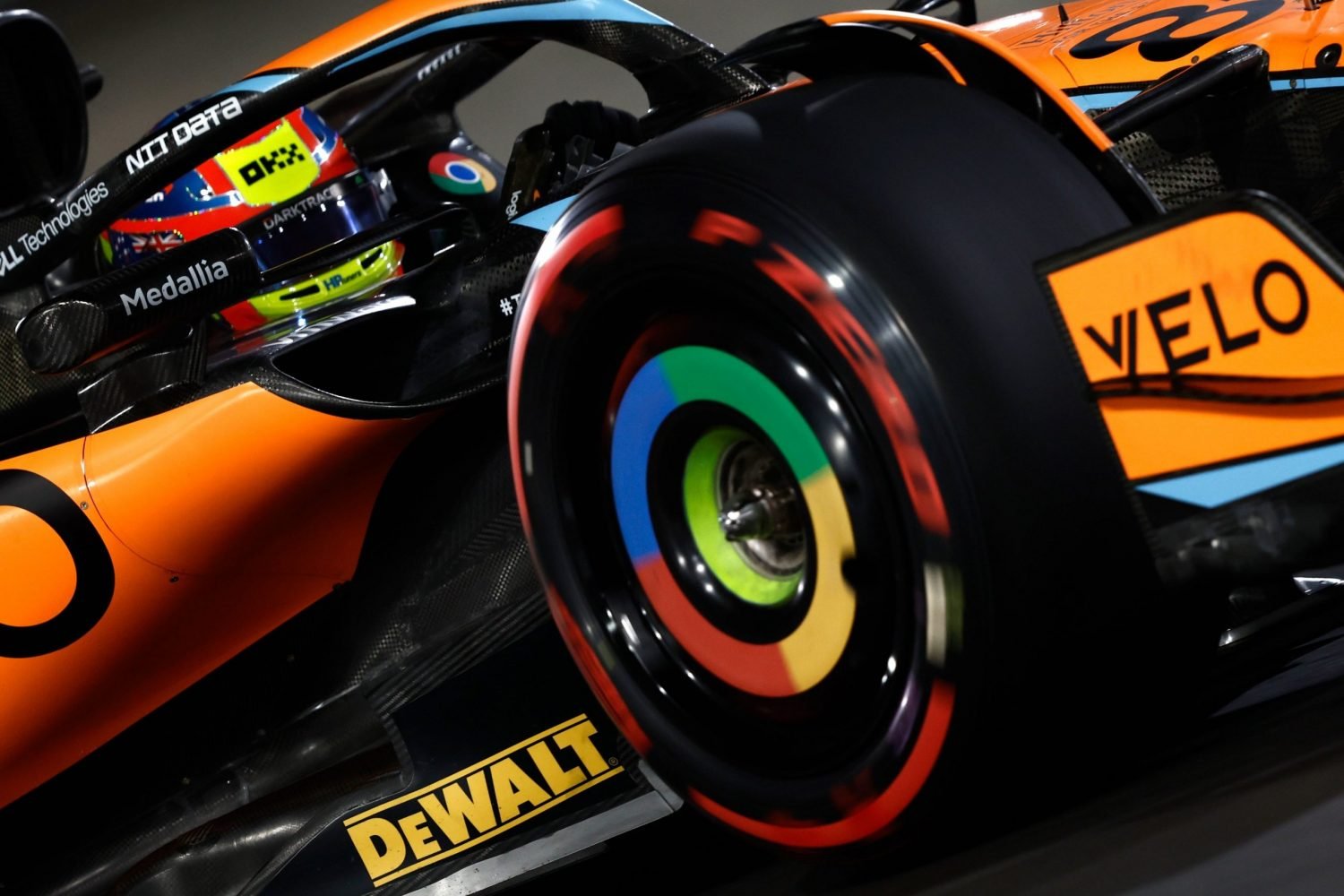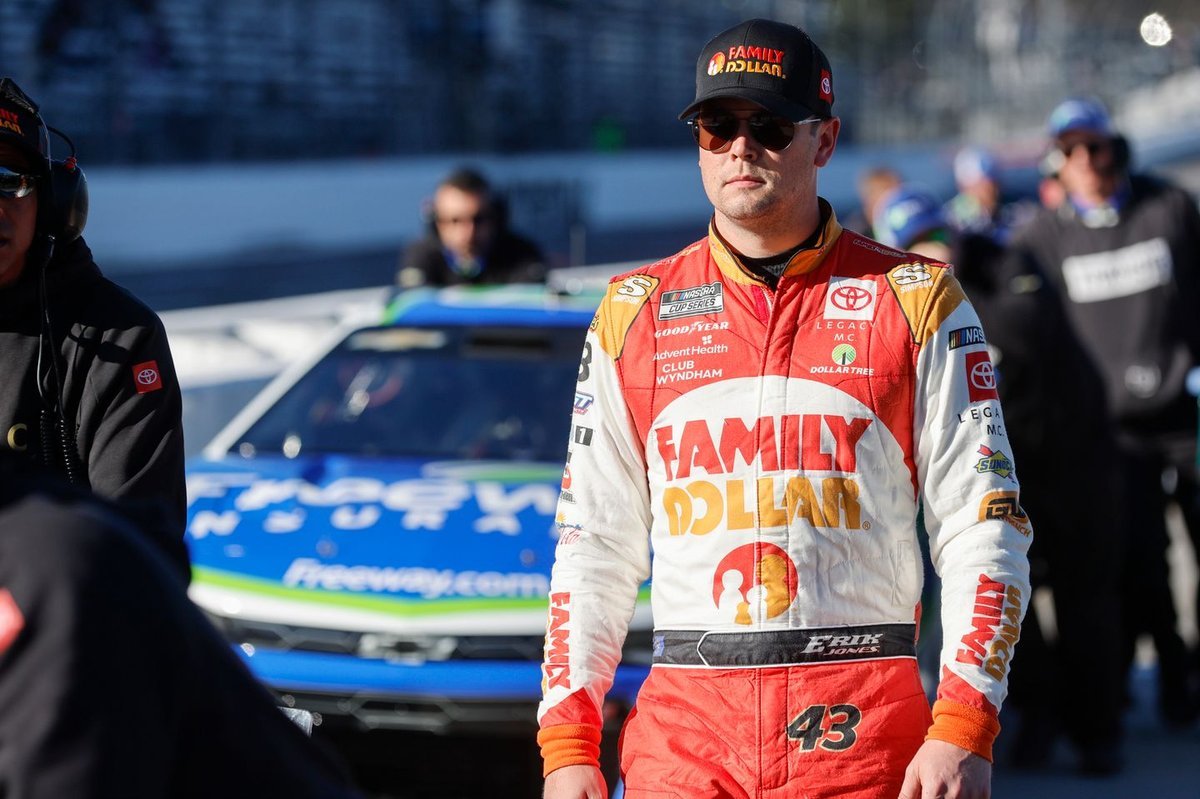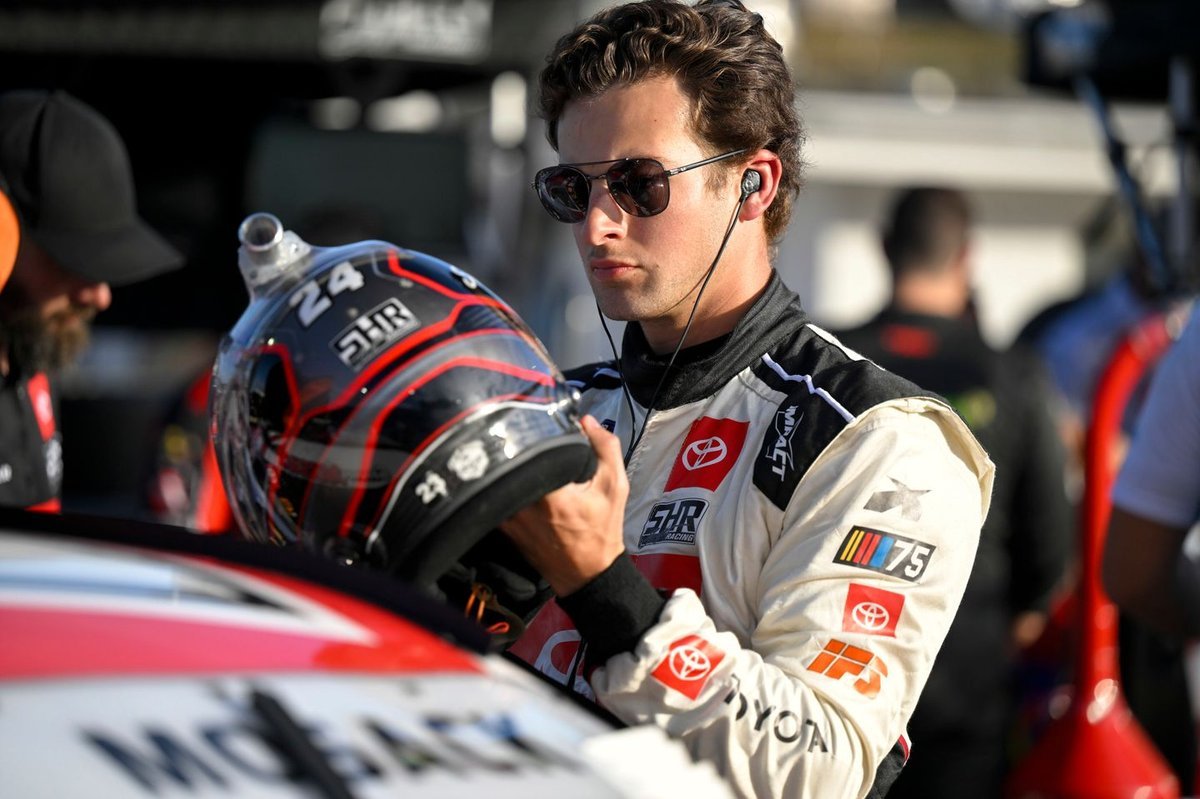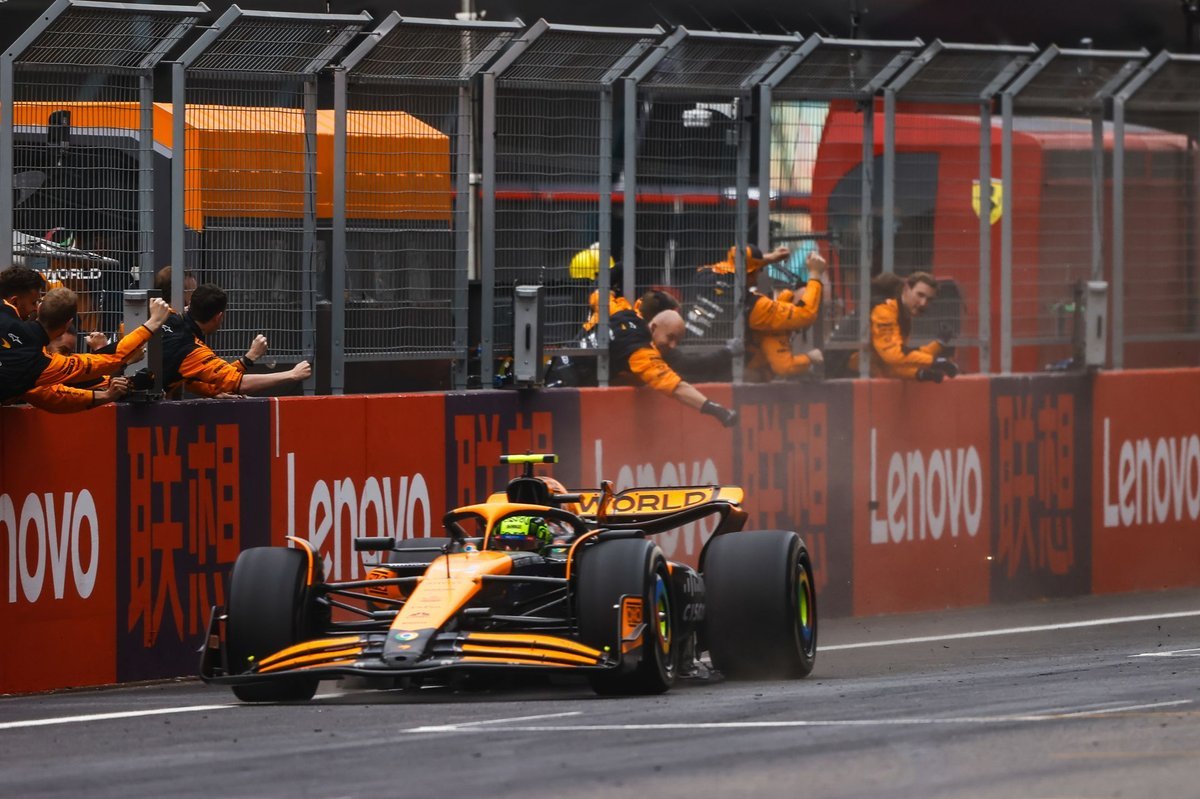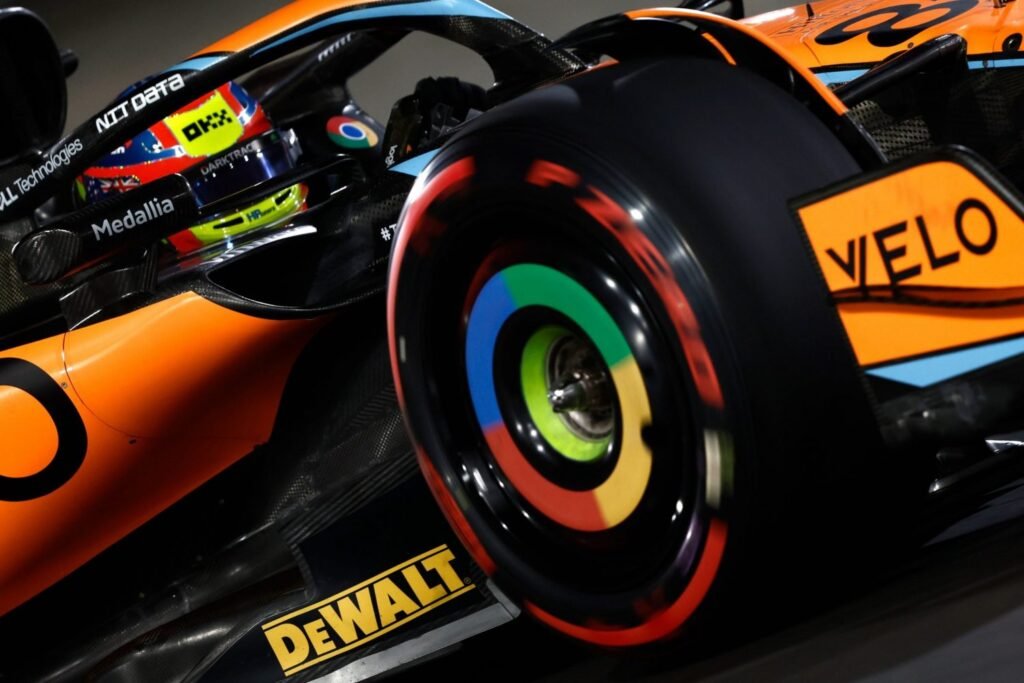
Source – F1i.com
A further amendment to the components rule will be implemented starting in 2026, according to the FIA, and bespoke suppliers will be allowed to reappear.
In a major development for Formula 1, the 2026 season will see the end of the BBS exclusivity deal that has controlled the supply of wheel rims since 2022. This shift allows F1 teams to choose their own wheel rim suppliers, signaling a return to a more competitive market after several years under a unified system.
The exclusivity period for BBS began when F1 made a significant switch to 18-inch wheels in 2022, moving away from the 13-inch rims that had been a staple for decades. During this transition, the FIA mandated a single supplier for wheel rims, and BBS, a prominent player in the industry, won the contract. The partnership was publicly confirmed at the Tokyo Motor Show in January 2022, marking BBS as F1’s official wheel rim supplier. This status not only enhanced BBS’s reputation but also provided significant marketing leverage in the competitive motorsport industry.
As the sport prepares for the 2026 season, teams will no longer be limited to BBS rims. Pirelli, F1’s long-time tire supplier, recently extended its deal with the FIA through 2027, ensuring their tires will remain the standard. However, these tires will soon be paired with a variety of rims from different manufacturers, a change driven by the growing demand for more tailored and innovative solutions.
The move away from a single supplier was largely motivated by several F1 teams, who saw the potential benefits of selecting their own rim partners. By working closely with specific manufacturers, teams hope to develop wheel rims that meet their unique performance needs. After careful consideration, the FIA concluded that allowing multiple suppliers would not result in significant performance discrepancies. The decision was made with confidence that competition would remain balanced and that costs would not escalate as a result.
With this new freedom, teams can now negotiate supply contracts with a range of manufacturers. Established companies like Enkei, OZ Racing, and AppTech are expected to compete for these lucrative partnerships. This flexibility will also enable teams to address technical challenges more effectively, making it easier to respond to issues or implement adjustments as needed throughout the season.
Despite the newfound options, there remains a possibility that many teams will continue to use BBS rims. The company’s extensive experience and successful collaboration with Pirelli’s tires make it a strong contender even in a more competitive environment.
Regardless of the supplier chosen, all wheel rims must still comply with the FIA’s strict technical regulations. Although there were discussions about reducing wheel size from 18 inches to 16 inches, Pirelli opposed the change, ensuring the current specifications will remain intact.
As Formula 1 embraces this new era, the end of BBS’s exclusive hold on wheel rims reflects a broader shift towards greater flexibility and innovation within the sport. Teams will now have increased control over a crucial component of their vehicles, allowing them to push the limits of performance while staying within the sport’s rigorous standards. The 2026 season is poised to be an exciting period of adaptation and competition as F1 teams and suppliers explore this evolving landscape.

